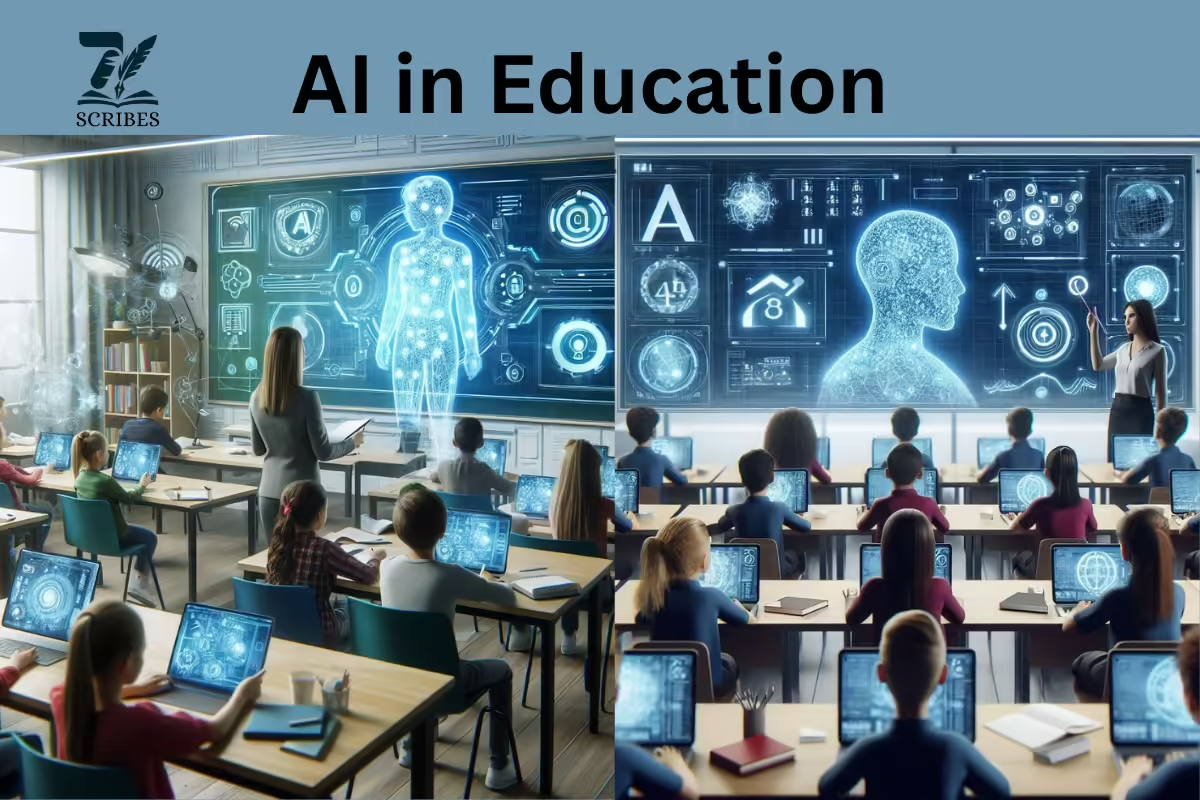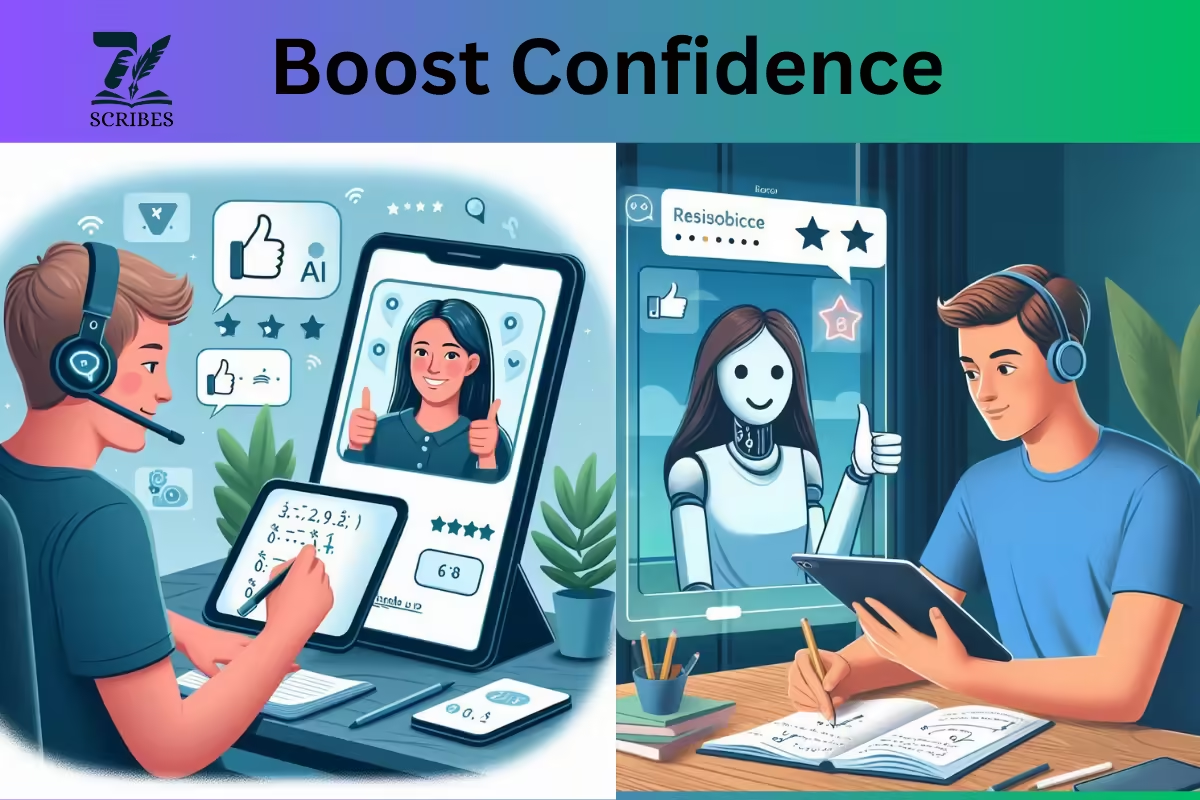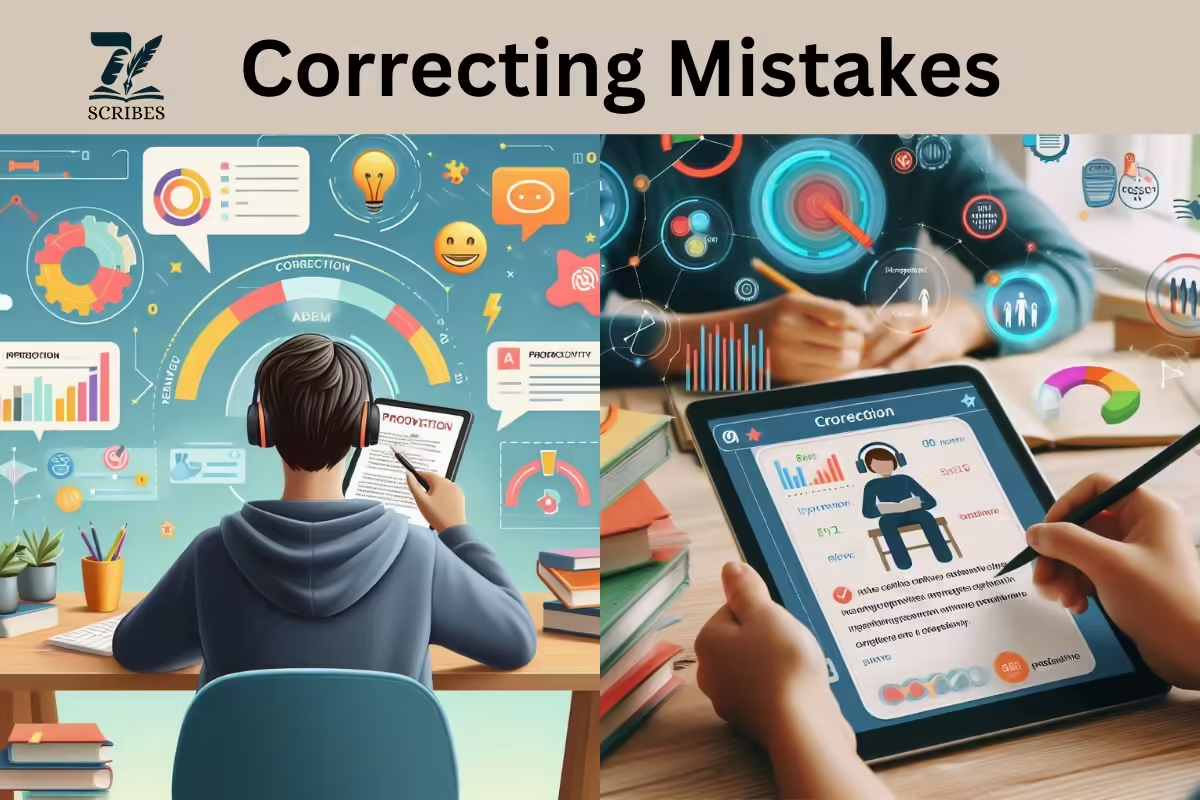In this digitization era, artificial intelligence is evolving in every field. In this blog, I will tell you about artificial intelligence and education. What is the impact of using artificial in education? Using artificial intelligence (AI) in education has both advantages and disadvantages.

What is Artificial intelligence?
Artificial Intelligence (AI) is the innovation of computers or machines to perform tasks that typically require human-like intelligence. These tasks include problem-solving, learning, decision-making, and understanding natural language.
Advantages of Using Artificial Intelligence in Education:
Using Artificial Intelligence in education has many benefits. Some important advantages are
- Personalized Learning
- Building Confidence
- Explore New Ideas
- Home Tutoring
- Boost the Productivity of Students
- Enhanced Engagement
Personalized Learning:
Personalized learning refers to an educational method where the contents, pace, and teaching methods are according to each student’s needs, interests, and learning preferences. Artificial intelligence can make personalized learning more effective than humans can. Ai teaches lessons and materials to individual student’s needs. It analyzes each student’s performance quickly and adjusts the contents accordingly.
For Example:
A student wrote an essay or assignment. He can use the Gradesscope platform to check the essay. It will check the grammar, structure, and argumentation. Moreover, it will also suggest areas for improvement. In this way, he can improve his work.

Building Confidence:
Ai-powered learning tools offer private or non-judgmental learning environments where students can practice complex concepts without fear of embarrassment and peer judgment. Students can ask questions to clear their concepts. Thus, they become confident to ask questions in school and other events.
For example:
AI Tutors like Socratic allow students to ask questions and give helpful responses.

Explore New Ideas:
AI helps students to explore new ideas. AI-powered tools offer students access to a vast range of learning materials from all over the world. These resources are usually articles, videos, and interactive content. In this way, they explore different perspectives, ideas, and subjects.
For Example:
Platforms like Google Scholar and AI-driven search engines recommend research papers, articles, and resources based on students’ interests. It helps- them to discover new fields and areas of study.
Home Tutoring:
Using intelligent tools and software to provide personalized educational support to students from the comfort of their homes is called home tutoring. This approach is helpful because it is available 24/7. Students can seek help whenever they need it. Furthermore, it is cost-effective because they do not need to go to physical classes.
Some popular home tutoring websites are Khan Academy, Socratic, Brainly, BYJU’S, and Smartick.

Boost The Productivity of Students:
AI educational tools can boost students’ productivity much better than humans because AI gives educational content based on the needs of each student. In addition, AI tools give you immediate feedback on quizzes, homework, and assignments. Therefore, he can correct mistakes right away.

Enhanced Engagement:
AI incorporates gamification elements, such as earning rewards, tracking progress, and unlocking levels. It makes learning more fun and competitive. These elements can boost motivation and encourage students to engage with the content regularly.
For Example:
Platforms like Duolingo use gamification to teach languages.
What are the disadvantages of using AI in Education?
Disadvantages of Using Artificial Intelligence in Education:
Using artificial intelligence in education also has challenges. Some important challenges are
- Lack of Human Interaction
- Data Privacy Concerns
- High Cost and Accessibility
- Dependent on Technology
- Biases in AI-Algorithm
Lack of Human Interaction:
The main drawback of using AI in education is that it will reduce human interactions. AI can replace many educational tasks, but it cannot replace the emotional support that human teachers provide. Therefore, students may have a lack of empathy and teamwork.
Data Privacy Concerns:
AI educational tools collect vast amounts of data about students. This data includes personal information and academic performance. There is always a risk of mishandling or breaching of this data.
High Cost and Accessibility:
AI tools can enhance education, but all educational institutions cannot implement and maintain the AI education system, especially backward region institutions. Therefore, this will create a potential digital divide in education.
Biases in AI Algorithms:
Usually, artificial intelligence (AI) educational tools show biased feedback due to biases in data because AI depends on data. If AI educational tools rely on biased data, they will unfairly assess students based on race, gender, and other factors. It will lead to inequality in education.
Dependent on Technology:
The habit of using AI tools to solve a simple problem makes students dependent on it. It also reduces the critical thinking and problem-solving skills of the students.
Conclusion:
In conclusion, using artificial intelligence in education has pros and cons. However, we should use AI as a tool in education; we should not depend on artificial intelligence (AI).
Read more:
How to prioritize and optimize time
Essential components of procedural programming